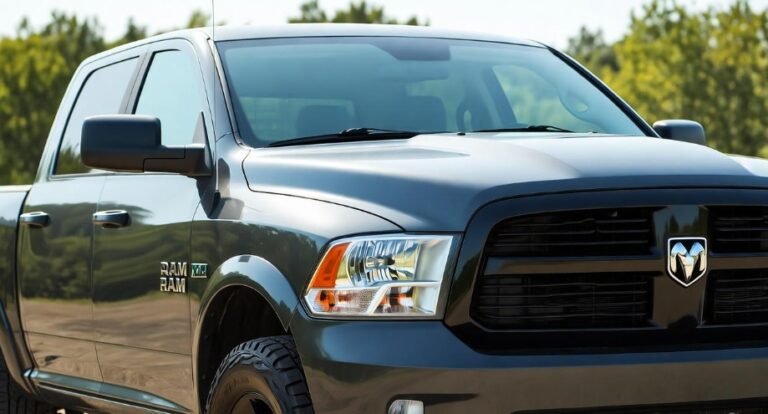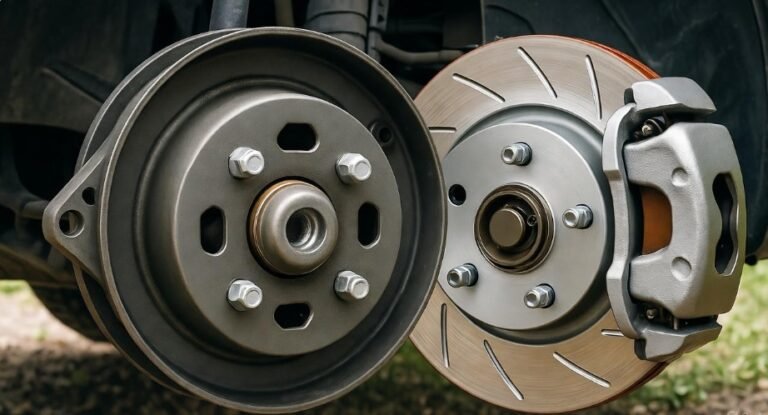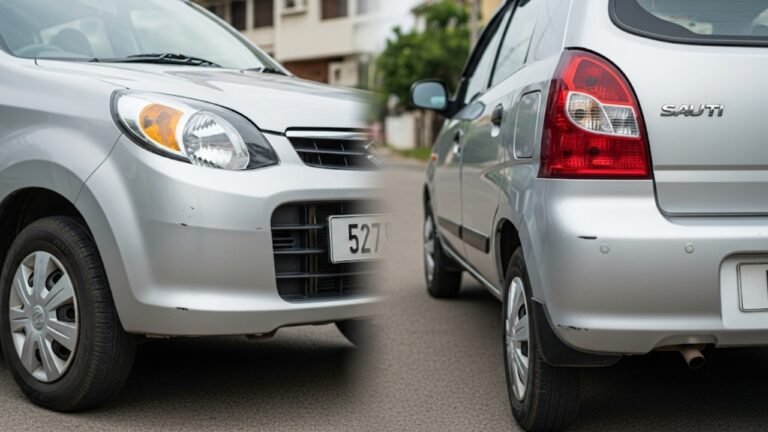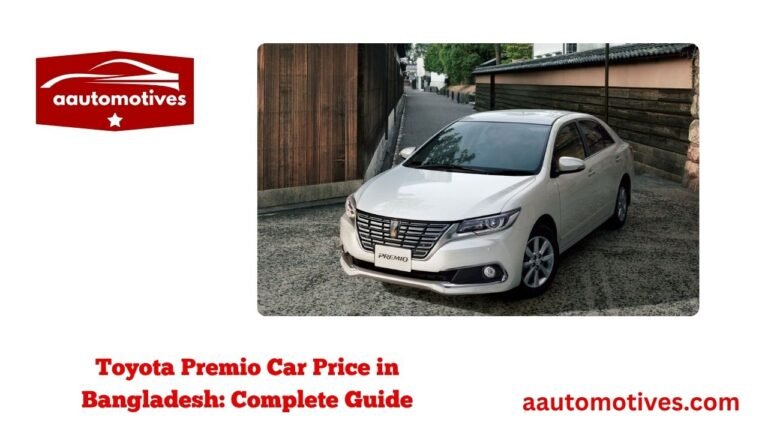30 Percent Window Tint Meaning With Real Life Examples
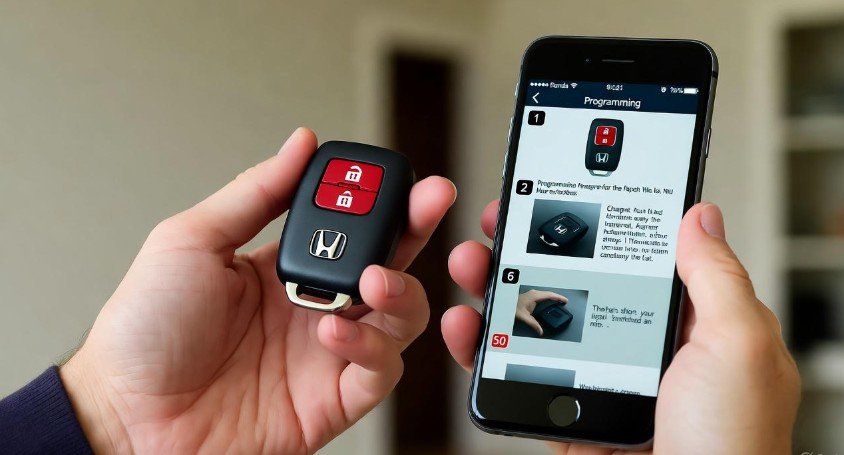
Understanding 30 Percent Window Tint Meaning can help you decide whether this tint level is right for your vehicle. Many people consider tinting as a way to add style to their car, but tint is more than looks. It changes how your car feels inside, affects privacy, reduces heat, and can even impact driving safety. When I first learned about different tint percentages, I was confused because the numbers seemed opposite of what I expected. A lower percentage means darker tint, and a higher percentage means lighter tint. So when we talk about 30% tint, it means the window allows 30% of visible light to pass through and blocks the remaining 70%. This creates a middle-ground shade that is neither too dark nor too light. It strikes a balance between visibility and privacy.
In daily driving, this level of tint can feel comfortable. It softens direct sunlight without making the cabin look dark. It feels less harsh on the eyes during sunny afternoons, especially when driving toward the sunrise or sunset. Many drivers choose 30% because it looks clean and professional rather than overly tinted or flashy. If your aim is to reduce glare and increase privacy without making the car too dark, this tint is worth understanding in detail. In this article, we will explore the meaning of 30 percent window tint, its benefits, how it looks in real life, legal aspects, cost, and practical examples of how it affects day-to-day driving.
What Does 30 Percent Window Tint Mean?
To understand the 30 Percent Window Tint Meaning, you need to know how tint percentages work. The tint percentage refers to visible light transmission (VLT%), which measures how much visible light can pass through the glass. So, a 30% VLT tint allows 30% of light to enter while blocking 70%. This balance creates a moderate shade. It is not extremely dark like 5% tint, which is often called “limo tint,” and it is not nearly clear like 70% or untinted glass. When applied to a standard car window, a 30% tint changes how much sunlight enters, how heat builds inside the cabin, and how clearly people outside can see into the vehicle.
This tint level can reduce glare during driving, making the road easier to see and reducing strain on your eyes. It also blocks a significant portion of UV rays, which are known to damage skin over time and fade interior materials like leather seats or dashboard coverings. However, it is not the darkest form of tinting available. You will still be able to see through the glass from both inside and outside. If you stand close enough to the window, especially during daylight, the interior remains visible. That makes this tint ideal for people who want privacy but do not want their car to look overly tinted or suspicious.
This tint is often chosen by family drivers, business professionals, and people living in sunny areas. They value protection and comfort without sacrificing safety. The 30 Percent Window Tint Meaning is essentially about achieving a balanced level of visibility and shading—comfortable, stylish, and functional.
How 30 Percent Tint Looks in Real Life
When installed on a vehicle, 30% tint creates a smooth, shaded window appearance that is darker than factory windows but still allows a clear view in most conditions. From the inside looking out, the tint feels natural. It reduces glare from the sun and helps prevent eye strain. The interior remains bright enough during the day that you do not feel like you are driving in a dim space. At night, visibility remains fairly good, unlike darker tints where seeing through the windows becomes harder, especially on unlit roads.
From the outside looking in, the window appears noticeably darker, especially under sunlight. If someone stands a few feet away, they can make out shapes inside the car but not fine details. If the lighting outside is bright, the tint reflects some of that light, making the interior appear even more private. However, at nighttime, when interior lights are on, the tint becomes more transparent. People outside might still be able to see inside depending on how bright the inside lighting is.
Many drivers describe the appearance of a 30% tint as clean, classy, and professional. It does not give off the intense dark look of heavy tinting. Instead, it blends naturally with most vehicle colors, especially black, silver, gray, and navy vehicles. If you park your car beside another without tint, the difference is clear. The tinted car appears more refined and protected from sunlight exposure.
The Purpose and Benefits of Choosing 30% Tint
The 30 Percent Window Tint Meaning becomes clearer when we look at its benefits in daily driving. Tinting is not only about aesthetics. It can impact comfort, health, and the condition of your vehicle interior over time.
Benefits of 30% Tint:
-
Reduces Glare: When sunlight reflects directly into your eyes while driving, it can be uncomfortable and even dangerous. A 30% tint reduces glare so your eyes relax more naturally while driving.
-
Blocks UV Rays: UV exposure can cause skin aging and damage over long periods. The tint helps protect your skin and prevents your car’s interior from fading.
-
Improves Privacy: While not extremely dark, the tint prevents strangers from clearly seeing into your vehicle. This reduces curiosity and improves personal comfort.
-
Regulates Cabin Temperature: Heat buildup inside the car becomes more manageable. This can reduce how often the air conditioner needs to run, improving fuel efficiency slightly.
-
Enhances Appearance: Many people choose tint because it gives the vehicle a modern, stylish appearance that looks more put-together.
However, tint is not without considerations. If the windows become too dark, especially on the front side windows, it can reduce visibility during night driving. That is why many drivers prefer 30% because it stays within a safe range.
Legal Considerations for 30% Window Tint
One of the most important parts of understanding 30 Percent Window Tint Meaning is legal guidelines. Tint laws vary widely depending on state or country. Some regions allow darker tints, while others restrict tinting on front windows for safety reasons. The concern is that if a tint is too dark on the driver’s side or windshield, it may limit visibility and raise the risk of accidents, especially at night or in low-light weather.
Many states in the United States allow 30% tint on rear and passenger windows, but some restrict it on the front side windows. For example, states like Florida, Texas, and Colorado have more flexible tint policies. Meanwhile, states like New York or New Jersey have stricter rules and limit darker tint usage. The best way to ensure legal compliance is to check your local DMV or state tint law chart. A tint shop can also tell you whether your choice is legal in your region.
If you ignore these laws, you may face:
-
Fines
-
Mandatory tint removal
-
Vehicle inspection issues
Choosing a tint level that balances legality and comfort is the smartest long-term decision.
Real Life Example: Daytime vs. Nighttime Visibility
To understand 30 Percent Window Tint Meaning better, imagine driving during the late afternoon. The sun is strong, and the road surface reflects bright light. With a 30% tint, you notice that the glare is softer. Your vision feels natural and your posture stays calm. Without tint, you may find yourself squinting or adjusting your visor often. This difference becomes even more noticeable on long road trips or when driving frequently in sunny weather.
At night, however, the experience changes. A 30% tint does not usually interfere heavily with night visibility. Streetlights, headlights, and reflective signs still appear bright. You may notice that very dark back roads seem slightly dimmer, but the difference is not overwhelming. Drivers who choose much darker tints such as 5% often report difficulty seeing at night and sometimes regret going too dark.
In real life, a 30% tint is a comfortable balance that accommodates both daytime comfort and nighttime safety, which is why many drivers choose it.
Cost of 30 Percent Window Tint
When considering 30 Percent Window Tint Meaning, cost is an important factor. The price can vary based on several elements, including the type of film, the size and number of windows, and the expertise of the installer. On average, a full car tint with 30% film can range from $100 to $400 for a standard passenger vehicle. Premium films with better UV protection, heat reduction, or scratch resistance can push the price higher, sometimes exceeding $500.
A lighter tint like 30% is usually less expensive than extremely dark tints, primarily because it requires less film thickness and often is easier to install. DIY kits exist, but professional installation ensures a smooth finish without bubbles or peeling edges. Many people who have tried tinting their windows themselves report frustration and wasted film when attempting darker shades. The benefit of professional installation is accuracy, longevity, and legal compliance, which makes the initial investment worthwhile.
You may also encounter discounts or bundle deals if multiple cars are tinted at the same shop or if seasonal promotions are offered. Comparing prices from several reputable shops is the best way to find a balance between quality and cost.
Is 30 Percent Tint Worth It?
One of the most common questions is whether 30% tint is worth it. The answer depends on your priorities. If your main goals are moderate privacy, glare reduction, UV protection, and maintaining safe night visibility, then 30% is a practical choice. Many drivers find this level of tint provides noticeable benefits without the drawbacks of darker films.
Advantages of 30% Tint:
-
Moderate Privacy: Outsiders can see shapes inside the car but not fine details.
-
Glare Reduction: Sunlight is softened, making daily driving more comfortable.
-
UV Protection: Blocks a significant amount of harmful rays, protecting skin and interior.
-
Balanced Night Visibility: Unlike darker tints, 30% allows clear night vision.
Considerations:
-
Not Maximum Privacy: If you want a limo-dark effect, 30% will feel light.
-
Varied Effectiveness: UV and heat reduction depend on film quality, not just percentage.
-
State Laws: Always ensure your tint complies with local regulations, especially on front windows.
Many real-life users report that 30% hits the sweet spot—they feel protected and stylish without sacrificing safety. For example, parents who drive children often choose this tint because it softens sunlight in the back seats while keeping the driver’s visibility safe. Professionals who park their cars in public lots appreciate the added privacy without drawing negative attention.
Comparison Table: No Tint vs. 30% Tint
| Feature | No Tint | 30% Tint |
|---|---|---|
| Light Transmission | 100% | 30% passes through |
| Glare Reduction | None | Moderate |
| Privacy | Low | Medium |
| UV Protection | Minimal | Moderate |
| Night Visibility | Excellent | Excellent (slightly reduced) |
| Appearance | Standard | Sleek, slightly darker |
This table gives a quick perspective on how 30% tint improves daily driving experiences compared to having no tint at all. It shows that while the tint reduces light, it does so without making visibility unsafe or interior lighting dull.
Real Life Examples of 30 Percent Tint
-
Family Road Trips: During summer trips, the back seats receive less direct sunlight, reducing discomfort for children while keeping parents’ visibility clear.
-
Urban Driving: In sunny cities, 30% tint reduces glare when waiting at traffic lights, making stop-and-go driving safer and less tiring.
-
Nighttime Commuters: Drivers who commute after sunset benefit from minimal interference with streetlight reflections and headlights.
-
Professional Appearances: Business owners or salespeople often prefer 30% tint to maintain a polished, non-aggressive aesthetic for client impressions.
These examples show that 30% tint works well across a variety of real-life situations, balancing safety, comfort, and privacy.
Frequently Asked Questions (FAQs)
1. Can you see clearly through 30% tint at night?
Yes, 30% tint allows enough light to pass through, so night driving visibility remains strong. However, very dark tints like 5% may reduce visibility considerably.
2. Is 30% tint legal on all windows?
No, legality varies by state. Many states restrict front side windows to lighter tints for safety, while rear windows often allow 30% or darker.
3. Will 30% tint prevent interior fading?
Yes, it blocks a significant portion of UV rays, which helps reduce fading on seats, dashboards, and other interior surfaces.
4. How does 30% tint compare with 50% tint?
A 50% tint is lighter, allowing more light in and providing less privacy and glare reduction. 30% offers a darker look with better UV protection.
5. Can I install 30% tint myself?
It is possible, but professional installation ensures a smooth finish, long-term durability, and legal compliance. DIY installation often results in bubbles or peeling edges.
6. Does 30% tint help with car temperature?
Yes, it helps reduce heat buildup in the cabin, though higher-end or darker films provide stronger heat rejection.
7. How long does 30% tint last?
With quality film and proper care, 30% tint can last 5–10 years without significant fading or peeling.
Conclusion
Understanding 30 Percent Window Tint Meaning is essential for anyone considering vehicle tinting. A 30% tint allows 30% of visible light to pass through while blocking 70%, offering a balance of comfort, privacy, and safety. It provides moderate glare reduction, UV protection, and privacy without compromising night visibility. Legality varies by state, so checking local laws is crucial.
From real-life experiences to practical benefits, 30% tint is often the sweet spot for many drivers. It enhances aesthetics, protects interiors, and makes daily driving more comfortable without the drawbacks of extreme tinting. Whether you are a family driver, a commuter, or a professional, 30 percent window tint offers a reliable, versatile, and stylish option that combines function and appearance effortlessly.
By choosing 30% tint, you invest in safety, comfort, and style, making your driving experience not only better but also smarter.

